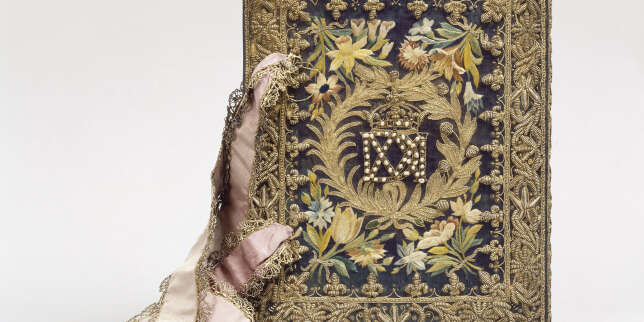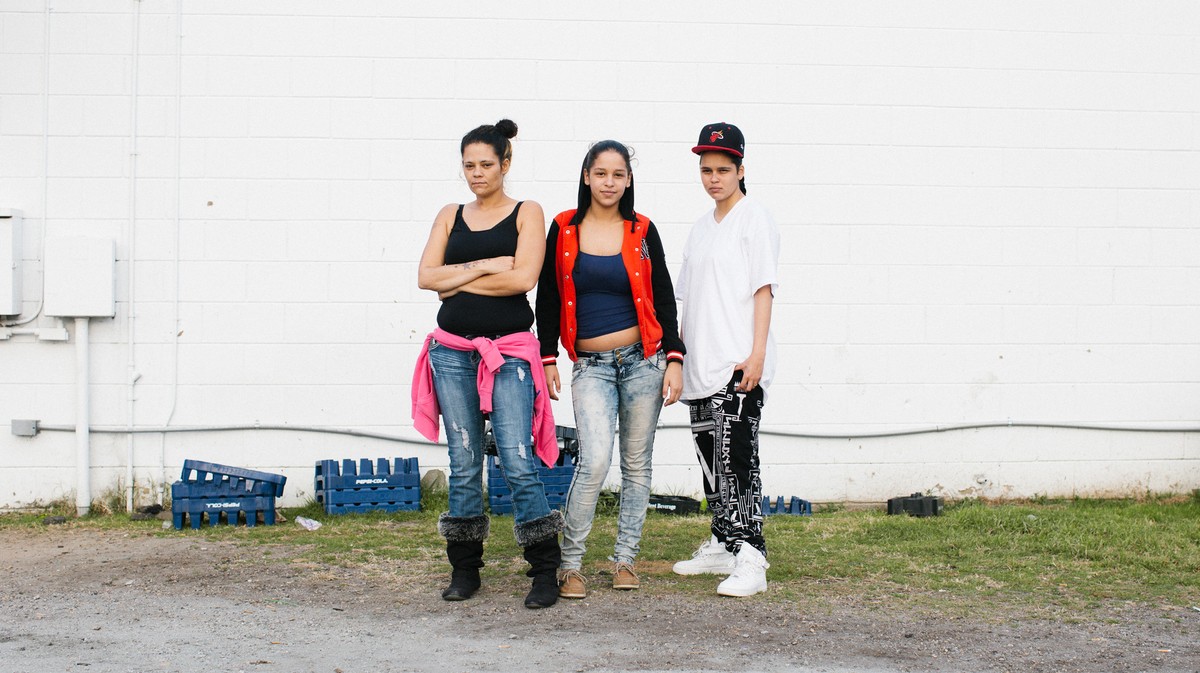Walking on the roof of hell
2016 - Installation (Installation)
30 pairs of Khadau wooden sandals (diameter 152.4 cm), 10 archival prints (each 21 × 29.7 cm), and 1 archival print (110 x 75 cm)
Birender Kumar Yadav
Birender Kumar Yadav comes from Dhanbad, India, a city built on its proximity of iron ore and coal and once forested and inhabited by Indigenous people who compose the Gondwana. The forests were felled and immigrants from northern Bihar and South India were brought to exploit the mineral resources. The Indigenous people were then dispersed to live nomadically, engaging themselves as seasonal workers in farms and industries. These itinerant workers frequently move from one work camp to another, and lack basic identity documents to prove their existence. They come from the fringes of the state and neighboring regions that were once covered in forests, which have since been denuded through mining over the last century.. Indian modernism is often linked to the construction industry as an engine that would lift the country from the repressive societal conditions of caste and poverty. But the very industry on which this political utopia is based is entrenched in exploitation. While studying fine arts in Benaras to become a blacksmith like his father in the Dhanbad coalfields, Yadav encountered people from his hometown, albeit trafficked to work in brick kilns, recognizing them from the creole language they used to communicate with immigrant families such as Yadav’s. Yadav then changed his focus from blacksmithing to documenting the activities of the brick kilns and labor trafficking. Yadav found that Indigenous tribes from Dhanbad were being exploited by gangs that would gather them in groups and make them work in kilns, where bricks were produced by burning charcoal. Walking on the roof of hell reflects on the conditions of these brick-kiln workers from the states of Uttar Pradesh and Bihar. They often work on bonded contracts in lethal work conditions, permanently burning the soles of their feet to manufacture bricks for the construction industry. The work comprises thirty pairs of wooden slippers called Khadau that the workers use while walking on top of the brick kilns, under which are extremely hot charcoal fires used to bake the bricks. Their feet, after years of enduring immeasurable heat, become senseless and hard like terracotta, mimicking sculptures of their sacrifice. Yadav’s project uncovers the popular culture and living stories of the migrants, as a form of personal history writing of the subaltern lives that are often forgotten in India’s decolonial presence.
Birender Kumar Yadav is a multi-disciplinary artist who experiments with various media including painting, sculpture, photography, installation, etching, found and man-made objects, as well as live documentary. Influenced by his early experiences as the son of a blacksmith working in a coal mine, Yadav’s work often draws attention to issues of class hierarchies. Using gunpowder extracted from matchsticks as his primary medium, Yadav explores the complexities of class and identity while performing a commentary on power structures extant in contemporary socio-political structures. Yadav’s work further reflects on the complexity of language, labor, and migration as conceptual constructs in the personal stories that he has inhabited and encountered.
Colors:
Other related works, blended automatically
» see more

© » KADIST
Birender Kumar Yadav
2015Birender Kumar Yadav comes from Dhanbad, India, a city built on its proximity of iron ore and coal and once forested and inhabited by Indigenous people who compose the Gondwana...
Related works sharing similar palette
» see more

© » LE MONDE
« L’Art du livre », de Michel Melot et Anne Zali : la splendeur à l’ouvrage Offrir Le Monde Article réservé aux abonnés Reliure originale en soie violette brodée d’or, fleurs et ornements en soie, chiffre de Marie de Médicis et couronne en perles fines, dos long à semé de fleurs de lis dans un encadrement, ruban de gros de Tours parme, avec lisière en dentelle dorée...
Other works by: » Birender Kumar Yadav
» see more

© » KADIST
Birender Kumar Yadav
2015Birender Kumar Yadav comes from Dhanbad, India, a city built on its proximity of iron ore and coal and once forested and inhabited by Indigenous people who compose the Gondwana...
Related works found in the same semantic group
» see more

© » KADIST
Futurefarmers
2010Erratum: Brief Interruptions in the Waste Stream exists as performance, sculpture, drawing, video and the printed word...






